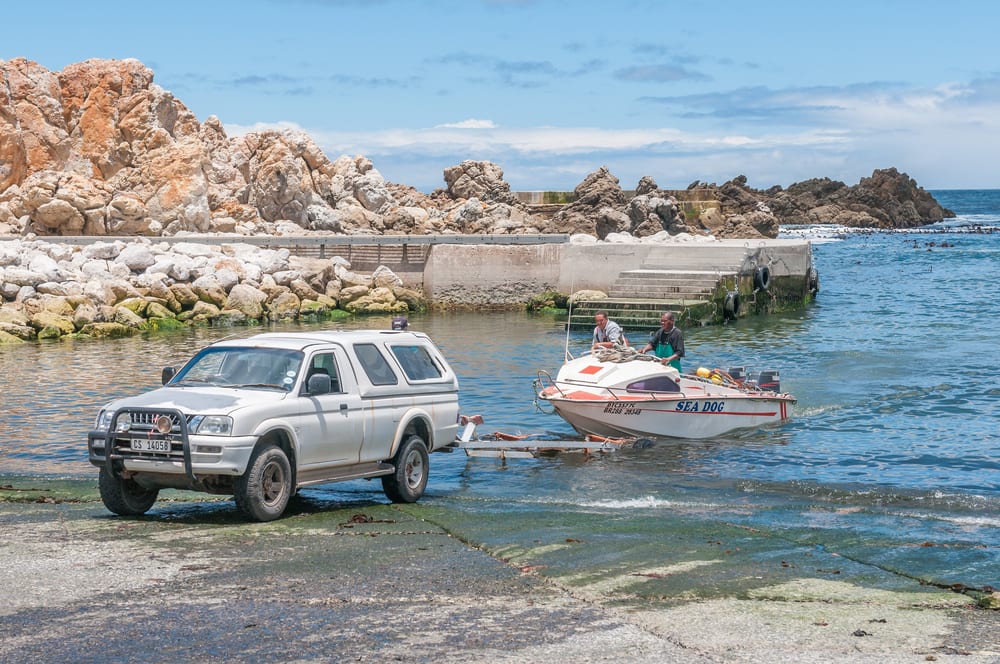

You may not realize it, but small cars are capable of towing up to 2,000 pounds safely, with full size trucks, vans and SUVs offering the ability to tow up to 10,000 pounds. There are a variety of classes of weight carrying and weight distributing hitches, balls and receivers and it’s critically important that you make the right choices when you get ready to tow that new four-wheeler to the track or your favorite boat and trailer to the dock. Learn the basic differences between the mounting options and get started towing!
Choosing the Correct Ball Mount
In order for a trailer to be safely towed, it needs to be as level as possible as that will minimize the strain on the connection between the trailer and the hitch. If there are different levels between the bumper and the trailer, you can match them up more effectively with a drop or a rise hitch.
Classes of Ball Mounts and Trailers
Classes are determined by the maximum gross trailer weight, as well as the maximum tongue weight. Class I is for light duty, and includes trailers up to 2,000 lbs – about the weight of a four-wheeler or a motorcycle (or two). Medium duty Class II towing goes up to 3,500 lbs and would include a small to medium boat; while Class III and Class IV heavy duty takes you up through 7,500 lbs and a large trailer. The highest is Class V extra-heavy duty which would include farm equipment and machinery that weighs up to 10,000 lbs and can only be towed by full size trucks, vans and crossover SUVs.
Check Your Owner’s Manual
The best option for determining what you need and what you can tow is to check your owner’s manual. Here you can learn what Class level your vehicle is rated for as well as recommended hitches and gross trailer weights you can tow. Exceeding these weights is incredibly dangerous.
Ball Hitch Details
Hitch balls are made of solid steel and can be purchased in a variety of finishes and sizes, all of which should comply with safety specifications and regulations. There are additional requirements for hitches for Class IV and higher as these are exposed to much greater stress and wear.
Measuring for Hitch Balls
There are several different measurements you will need to know when you are ready to purchase your ball hitch and mount setup including the diameter of the ball (inches across the hitch ball), the diameter of the shank, and the length of the shank.
With these numbers in hand and the information from your owner’s manual, you should be ready to shop!



